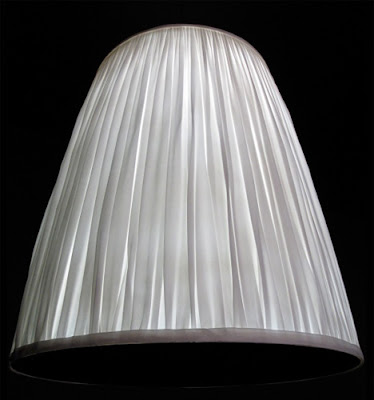Thoughts of an Architect - John Hejduk, 1986
1. That architectural tracings are apparitions, outlines, figments.
They are not diagrams but ghosts.
2. Tracings are similar to X-rays, they penetrate internally.
3. Erasures imply former existences.
4. Drawings and tracings are like the hands of the blind
touching the surfaces of the face in
order to understand
a sense of volume, depth and penetration.
5. The lead of an architect's pencil disappears (drawn away)
metamorphoses.
To take a site: present tracings, outlines, figments, apparitions,
X-rays of thoughts. Meditations on the sense of erasures.
To fabricate a construction of time.
To draw out by compacting in. To flood (liquid densification)
the place-site with missing letters and disappeared signatures.
To gelatinize forgetfulness.
[from Victims. A Work by John Hejduk. Architectural Association. London 1986.]

Guido Reni (17th century),
St Sebastian, X-ray carried out as part of conservation by the Auckland City Art Gallery, NZ
Painters see gardens as an issue of values, of colour, light and perspective. This is their right. But there is another way to make gardens which, for the sake of clarity I would call the gardener’s way. This is difficult to explain in words, because it is something very closely linked to the earth, to water, to the sap of plants, to the air, to sunlight, to blowflies and worms … something non-verbal and unreasonable. … It cannot be defined by arguments, or by a ruler and compass. Seen in ground-plan and section form, one of these gardens is very little. I should like to avoid the obligation of drawing it or tracing it out, even with a reed, scratching the earth among manure and flies. Drawn on paper, the garden is an X-ray: the lips, the smile, the clear gaze, the skin, its tepidity, all of this is missing.
Rubió i Tudurí quoted in Eduard Bru (1997). Three on the Site / Tres en el Lugar. Barcelona: Actar, 26-27. (Rubió i Tudurí’s words are from the 1931 report on the Duchess of Gramont’s garden in Vignoleno, Italy, planned in 1931, and originally published in Arquitectura i Urbanisme, Barcelona).
Guido Reni (17th century),
St Sebastian, Oil on canvas
 Adam Farlie, Mourning Light
Adam Farlie, Mourning Light
 Guido Reni (17th century), St Sebastian, X-ray carried out as part of conservation by the Auckland City Art Gallery, NZ
Guido Reni (17th century), St Sebastian, X-ray carried out as part of conservation by the Auckland City Art Gallery, NZ
